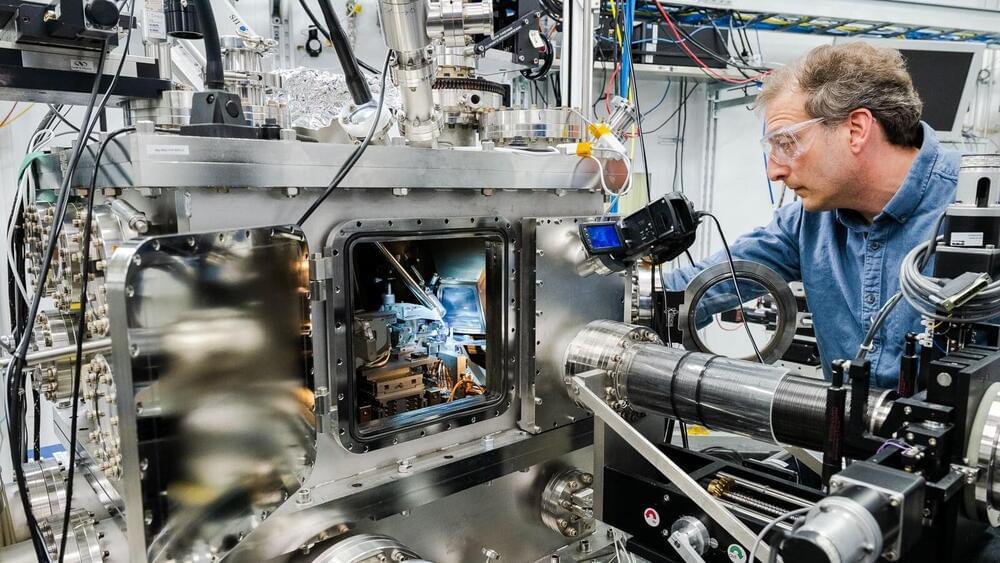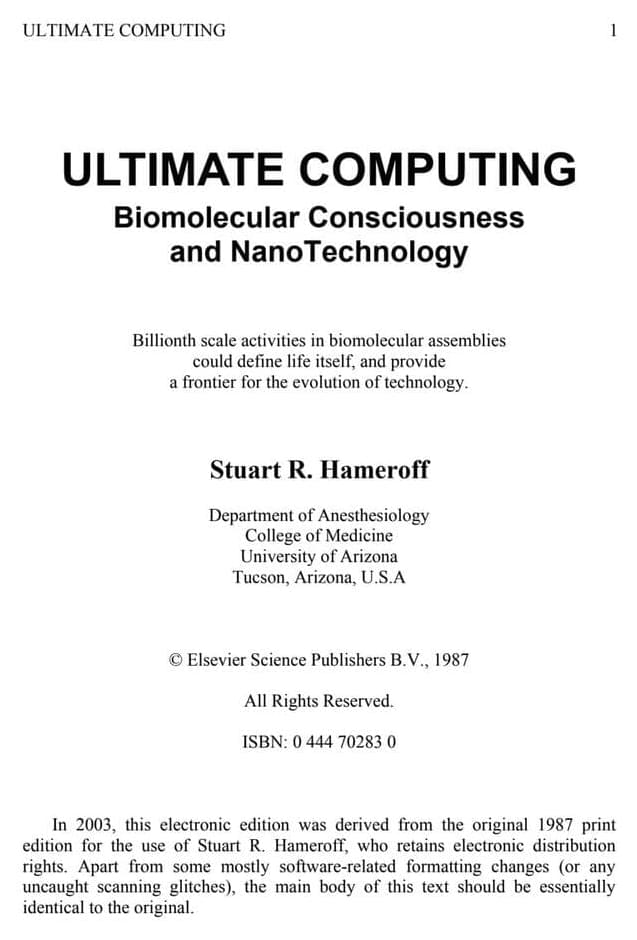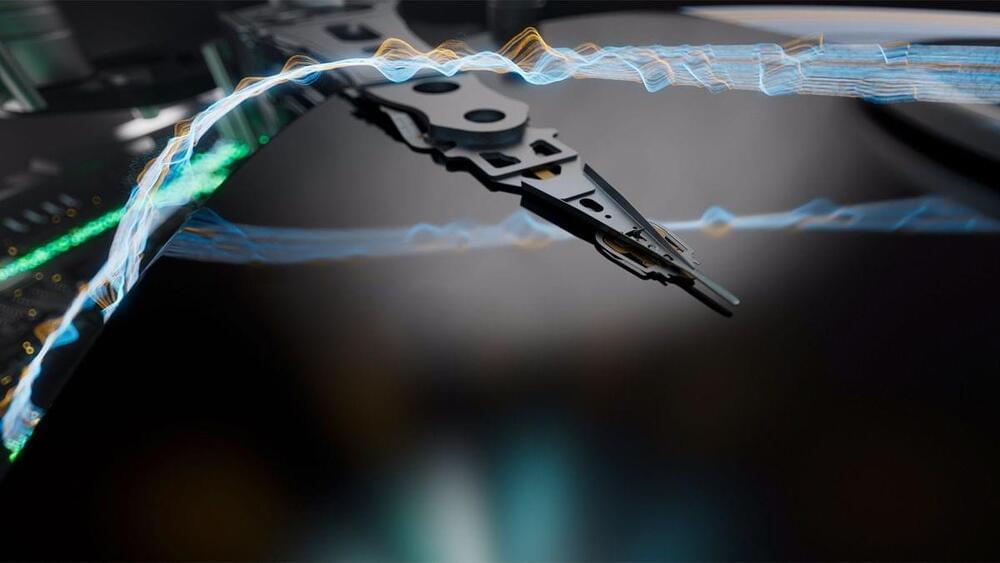Jan 21, 2024
TSMC 2nm Update: Two Fabs in Construction, One Awaiting Government Approval
Posted by Genevieve Klien in categories: computing, finance, government
When Taiwan Semiconductor Manufacturing Co. (TSMC) is prepping to roll out an all-new process technology, it usually builds a new fab to meet demand of its alpha customers and then either adds capacity by upgrading existing fabs or building another facility. With N2 (2nm-class), the company seems to be taking a slightly different approach as it is already constructing two N2-capable fabs and is awaiting for a government approval for the third one.
We are also preparing our N2 volume production starting in 2025,” said Mark Liu, TSMC’s outgoing chairman, at the company’s earnings call with financial analysts and investors. “We plan to build multiple fabs or multiple phases of 2nm technologies in both Hsinchu and Kaohsiung science parks to support the strong structural demand from our customers. […] “In the Taichung Science Park, the government approval process is ongoing and is also on track.”
Continue reading “TSMC 2nm Update: Two Fabs in Construction, One Awaiting Government Approval” »
















